| Pesticide class | Herbicide |
|---|---|
| Active ingredient | Clopyralid |
| Formulation | 30% SL |
| Resistance group | HRAC:O |
| PHI | PHI for this Herbicide has not been reported |
| Acute Oral LD 50 for Rats | 3738 mg/kg |
Clopyralid 30%SL
It is a selective, systemic pyridine carboxylic acid herbicide which is a kind of synthetic auxin and interferes with cell division and accumulates in the meristem region through the absorbed root, stem and leaf.
Category: Herbicides
Additional information
Cases and dosage
Cases and dosage
| Crop | Weed | Dosage | Application Time |
| Canola | Broadleaf weeds | 0.6-0.8 lit per Ha | 2-6 Leaves of Canola |
Reviews (0)
Be the first to review “Clopyralid 30%SL” Cancel reply
Related products
Bensulfuron methyl 60% DF
It is a selective, systemic post-emergence herbicide, absorbed by foliage and roots. It belongs to the class of sulfonylurea herbicides and inhibition of aceto-lactase synthase (ALS) or Acetohydroxyacid synthase (AHAS) mode of action. Its mode of action is by branched chain amino acid valine, leucine, and isoleucine synthesis inhibition.
Cyhalofop-Butyl+ Penoxsulam 6% OD
Cyhalofop-Butyl is a selective, systemic post-emergence herbicide. It belongs to the class of cyclohexanediones herbicides and inhibition of acetyl CoA carboxylase (ACCase Inhibitors. Its mode of action is growing points to inhibit the biosynthesis of plant branched-chain fatty acids). Penoxsulam is a selective, systemic post-emergence herbicide, absorbed by foliage and roots. It belongs to the class of sulfonylurea herbicides and inhibition of aceto-lactase synthase (ALS) or Acetohydroxyacid synthase (AHAS) mode of action. Its mode of action is by branched chain amino acid valine, leucine, and isoleucine synthesis inhibition. Cyhalofop butyl+ Penoxolam effectively controls annual and perennial weeds in rice fields.
Metribuzin 70%WP
Oxadiazon 12%EC
Triflusulfuron-Methyl 50% DF
It is a selective, systemic post-emergence herbicide. It belongs to the class of sulfonylurea herbicides and inhibition of aceto-lactase synthase (ALS) or Acetohydroxyacid synthase (AHAS) mode of action. Its mode of action is by branched chain amino acid valine, leucine, and isoleucine synthesis inhibition. This herbicide is quickly decomposed by the chemical and biochemical factors of the soil.
Phenmedipham+Desmedipham +Ethofumesate 27.4% EC
Glufosinate- ammonium 20% SL
It is a non-selective, connected, and semi-systemic phosphonic acid herbicide inhibition of glutamine synthesis, leading to a complete breakdown of ammonia metabolism and subsequent accumulation of ammonia in tissues. This herbicide also interferes with photosynthesis. Glufosinate ammonium is used to control annual and non-perennial weeds, so this herbicide does not control perennial weeds well. Chlorosis, withering of tissues, and finally, the death of the weed within 1 to 2 weeks are the symptoms of the effect of the herbicide.


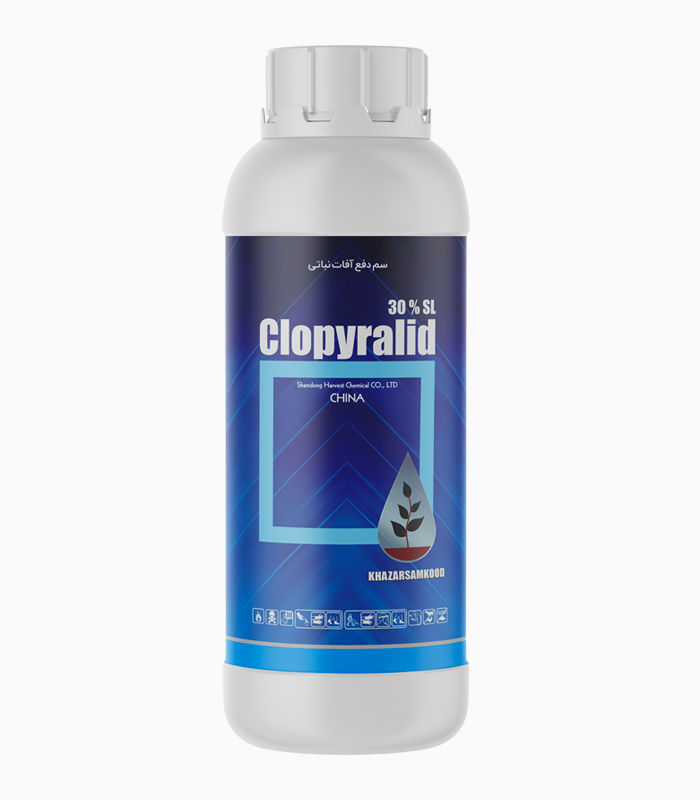
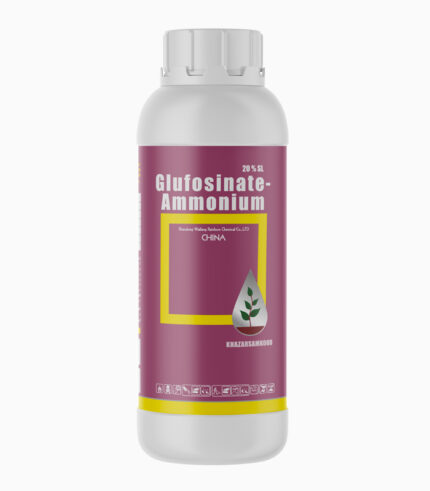
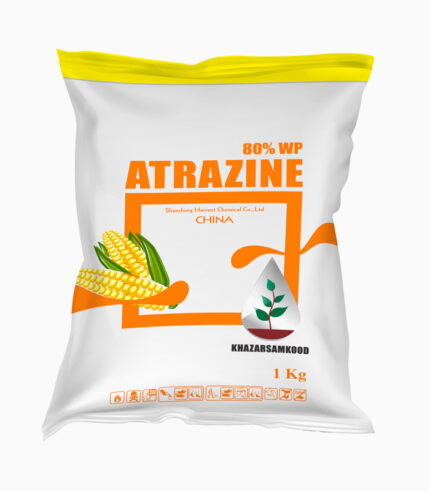


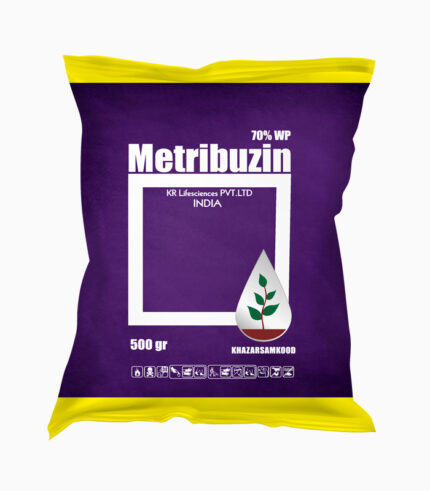

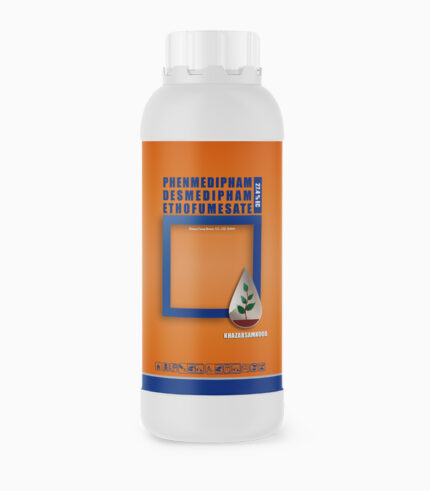

Reviews
There are no reviews yet.